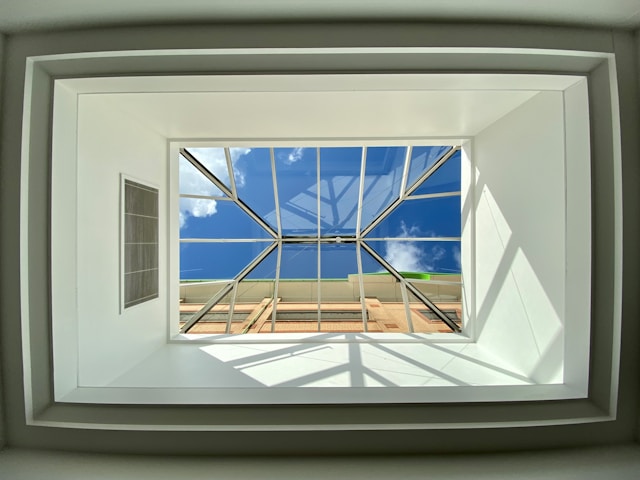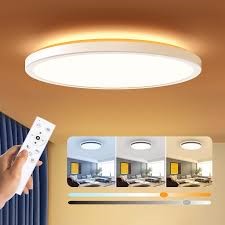- Traditional homeownership comes with challenges like high costs, market competition, and hidden expenses.
- There is an easier alternative that offers financial savings, modern features, and a simplified buying process.
- This method allows for cost predictability, low maintenance, and customization to suit individual needs.
- Getting started involves researching locations, comparing builders, understanding financing, and planning construction timelines.
Owning a home is a dream for many, but the process often feels overwhelming. The path to homeownership can seem like an uphill battle between skyrocketing property prices, fierce market competition, and hidden costs. Many buyers find themselves frustrated, either settling for homes that don’t meet their needs or putting their plans on hold altogether.
But what if there was an easier, more affordable way to own a home? One that skips many common headaches and gives you more control over the process? You might be surprised to learn that such an option exists—and it’s growing in popularity.
This guide will explore a homeownership approach that offers financial advantages, customization, and a streamlined experience. If you’re looking for the simplest way to own a home, this could be the solution you’ve been waiting for.
The Challenges of Traditional Homeownership
For most people, the journey to owning a home follows a familiar pattern: searching through countless listings, competing with other buyers, and stretching their budget to afford a property that may still require renovations. But this traditional route comes with several challenges:
- High Market Prices – Home prices continue to rise in many areas, making it harder for first-time buyers to afford a property.
- Bidding Wars— In a competitive housing market, buyers often have to offer more than the asking price, pushing them beyond their budget.
- Hidden Costs – Buyers must account for maintenance, repairs, property taxes, and unexpected expenses beyond the mortgage.
- Compromises on Features— Finding a home that checks every box is rare. Many buyers settle for homes that don’t fully meet their needs, hoping to renovate later.
These challenges make traditional homeownership more complicated and expensive than many expect. However, more people are choosing a smarter, more cost-effective alternative.
A Smarter Alternative That More People Are Choosing
Instead of dealing with the frustrations of buying an existing home, more homebuyers opt for a solution that provides affordability, flexibility, and modern living. Exploring the benefits of a benefits of a house and land package can offer a streamlined path to homeownership while avoiding many of the struggles of purchasing an older home.
This option allows buyers to choose a location, select a home design that fits their lifestyle, and enjoy a brand-new property without unexpected repair costs. It also provides financial advantages, such as fixed pricing and potential savings on stamp duty.
With this approach, you can move into a home that suits your needs in a neighborhood of your choice without the stress of bidding wars or costly renovations. But that’s just the beginning—there are even more financial and lifestyle benefits.
Financial and Lifestyle Advantages of This Approach
Choosing this alternative to traditional homeownership comes with a range of benefits that can make life financially and practically easier. Here’s why more buyers are making the switch:
1. Cost Savings and Predictable Expenses
One of this method’s most significant financial advantages is the ability to lock in costs upfront. Unlike buying an older home, where unexpected repairs or renovations can quickly add up, this approach often comes with fixed pricing. In some cases, buyers may also save on stamp duty, as they only pay tax on the land portion, not the completed home.
2. Brand-New Home, Minimal Maintenance
Older homes often have hidden issues—plumbing problems, outdated wiring, or structural concerns. These repairs can be expensive and time-consuming. With a newly built home, everything is modern, energy-efficient, and under warranty, meaning fewer maintenance costs and a worry-free living experience.
3. Customization and Modern Features
Unlike purchasing an existing home, which may require costly renovations to suit your preferences, this method lets you personalize your space from the start. You can select layouts, finishes, and features that align with your lifestyle—an open-concept kitchen, extra storage, or eco-friendly additions like solar panels.
4. Community and Location Benefits
Many new housing developments are built in well-planned communities with access to parks, schools, shopping centers, and public transport. This makes it easier to enjoy a balanced lifestyle without sacrificing convenience.
With all these financial and lifestyle advantages, it’s clear why more homebuyers are choosing this path. But how do you get started? Let’s break it down into simple steps.
How to Get Started with This Homeownership Path
If this approach sounds like the right fit for you, here’s how to begin your journey:
1. Research Locations and Developments
Start by exploring different communities and developments that offer this option. Consider proximity to work, schools, public transport, and lifestyle amenities.
2. Compare Home Designs and Builders
Not all builders or home packages are the same. Look for reputable builders with strong reviews, transparent pricing, and a design portfolio that matches your needs. Many developers offer display homes you can tour to get a feel for the layout and quality.
3. Understand Financing Options
While the financial structure of this approach can be more predictable, it’s still important to understand your loan options. Speak with a mortgage broker or lender to determine what financing solutions are available to you. Some lenders even offer specialized loans tailored to this type of homeownership.
4. Plan for the Process and Timeline
Unlike purchasing an existing home, where you can move in right away, this method involves construction time. Plan accordingly, considering potential build timelines and any temporary housing needs.
5. Make an Informed Decision
Once you’ve researched and feel confident in your choice, take the next step by securing your land and signing your contract. From there, you can work with your builder to bring your vision to life.
Conclusion
Owning a home doesn’t have to be complicated. While many buyers struggle with rising prices, intense competition, and unexpected costs, there’s an easier way to achieve homeownership. By choosing a more thoughtful approach, you can enjoy financial benefits, customization options, and a streamlined process that puts you in control.
With predictable pricing, lower maintenance costs, and the ability to design a home that fits your lifestyle, this path offers a stress-free alternative to traditional home buying. Instead of compromising on outdated properties or battling in bidding wars, you can move into a brand-new home in a community that suits your needs.
If you’ve been searching for the simplest way to own a home, now is the time to explore this option. Take the first step, research, and confidently move forward—your dream home could be closer than you think.
For the latest updates and information, keep checking SimpCity.








